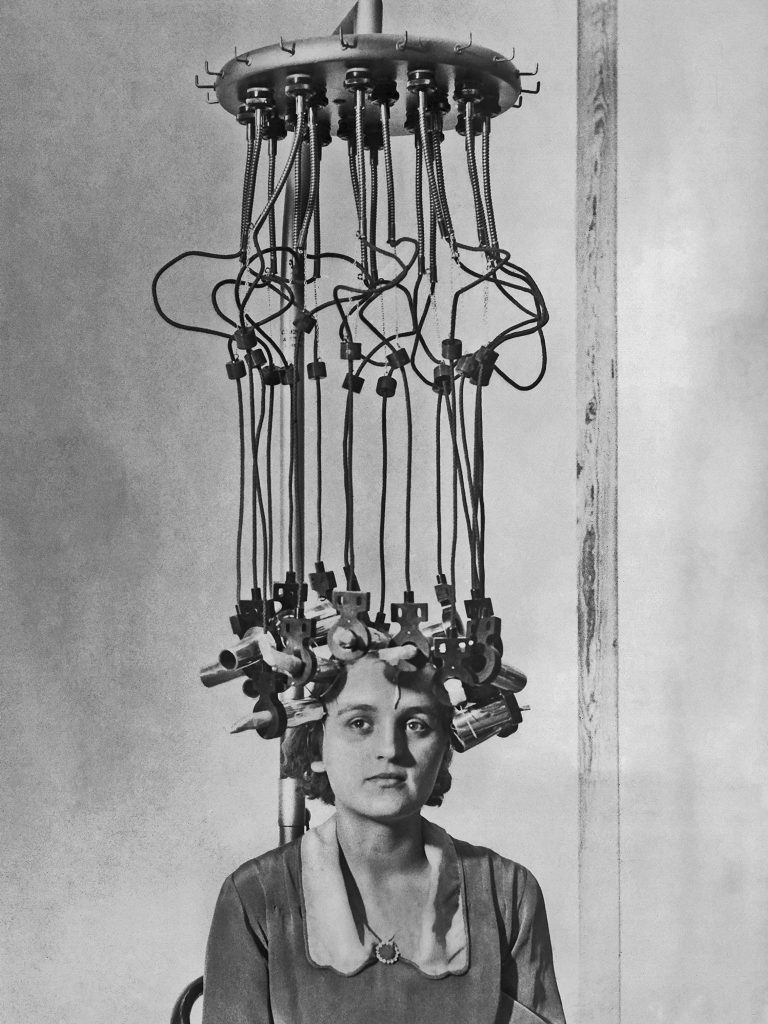Dreams and Designers (1895-1905)
Summary:
In this week’s lecture, we learned about art nouveau, the Glasglow school, the Vienna Secession, and the transition from artist to designer. The art nouveau and Arts and Crafts movement were similar, but their differences lie in their focuses in the past and future. While the Arts and Crafts movement had nostalgia for the past, the art nouveau movement was interested in combining the old traditions to create a modern form of beauty. Many artists had an art nouveau style, especially Eugène Grasset, Paul Berthon, and Alfons Mucha. While it is unknown whether art nouveau started in Paris or Brussels, both cities’ architecture was influenced by art nouveau.
In Scotland, from the Glasgow School of Art came a combination of Arts and Crafts and art nouveau style. Created by the Glasgow Four (Charles Rennie Mackintosh, J. Herbert McNair, Margaret Macdonald, and Frances Macdonald), this new style was art nouveau with a geometric twist. From designing architecture to creating illustrations, these four were popular in Germany and Austria. In addition to the Glasgow version of art nouveau. Other forms of art nouveau were also present. These include Jugendstil (young style) and Sezessionstil (Secession style).
In this era, many geographic-political events occurred. The development of the union movement, Suffragist movement, and Queen Victoria’s death. In the science and technology community, many inventions were also taking place. The Lumiere Brothers created the first moving picture and the first science-fiction film, Sigmund Freud publishes his “The Interpretation of Dreams”, Zeppelin ships (passenger carrying airships) were invented, Marconi sends the first transatlantic radio message, and the Wright brothers fly the first gas-motored plane.
I have to say that this period is my favourite so far. I enjoy the aesthetic of art nouveau, especially its presence in architecture.
Research:
For this time period, I was assigned to the subject of “fashion” and have decided to research the hairstyles of the Edwardian era.
After the reign of Queen Victoria, huge changes occurred in fashion. King Edward’s tastes were fresh and bright so new ideas became the fashion while old ideas were cast out as stale.
During this era, the pompadour was the defining hairstyle of Edwardian women. It was named after Louis XV’s chief mistress in mid-1700s, Marquise de Pompadour, however, the Edwardian version was fuller. Teenage girls typically wore their hair down, but as soon as they reached 17 years of age, it was the “crowning glory” to put it up into the pompadour and it was then considered inappropriate to let their hair down as adult women.

https://i.pinimg.com/originals/ad/2a/3b/ad2a3b5c64c7946d00b56946bfa56c7e.jpg
The shape of the pompadour was high, rounded, and curved away from the head. In order to shape and support the largeness of the pompadour, women used a “rat” (a matted pad or roll of hair) or a pompadour wire frame. Backcombing was also used to form a foundation that the outer layer of hair could be smoothed over.
At the beginning of the Edwardian era, women extensively used pads and frames of false hair to make their hair fuller and thicker. For example, maids of rich women would wind their hair into balls of padding to make it look poofy. This went well with the dressing style of the period because the Edwardian dresses were also more puffed than usual. Hair was also made to look soft and fluffy with a loose fluidity despite them being large and often padded. However, at the end of the Edwardian era, the style of corsets ended and brought in the new fashion of natural dressing, popularizing a more natural hairstyle too. Yet, this did not affect the popularity of pompadour style as it used no false hair to style.
The pompadour could be dressed in any manner of style. The hair could be straight, curled, or have a wave. Depending on the fashion trend, season, and occasion, it could be decorated with a bun, chignon, or knot.

https://image.glamourdaze.com/2013/09/1909-Edwardian-Low-Coiffure-Hugh-Mangum-photographs9.jpg
During this time period, permanent curling was also a huge trend. Curls and frizz were in fashion and women would use curling irons heated in the fire to achieve these effects- yes, it singed hair, could cause baldness, and was very dangerous! With the Marcel wave in trend, it was an inspiration for the invention of the permanent curling machine by a German hairdresser, Karl Nessler, in 1906. However, with the hours it took to complete the perm, it cost a lot and many could not afford it, but with those who could, it was popular.

https://static.independent.co.uk/s3fs-public/thumbnails/image/2015/09/30/18/nessler-getty.jpg
In general, the fashion trend of Edwardian hairstyles was full, thick, and big. This was pretty much everything the pompadour style was and it became the standard. If women let down their hair in public, it was considered inappropriate as hair was supposed to be put up and away from the face. With the added trend of curls, it only enhanced the pompadour and its popularity.
_
References:
- “Edwardian Era Hairstyles.” Victorian Era Life in England. Victorians Society & Daily Life, www.victorian-era.org/edwardian-era-hairstyles.html
- Team, AuthorH&MUA. “Women’s Edwardian Hairstyles: An Overview.” Hair and Makeup Artist Handbook, 15 Apr. 2018, hair-and-makeup-artist.com/womens-edwardian-hairstyles/

